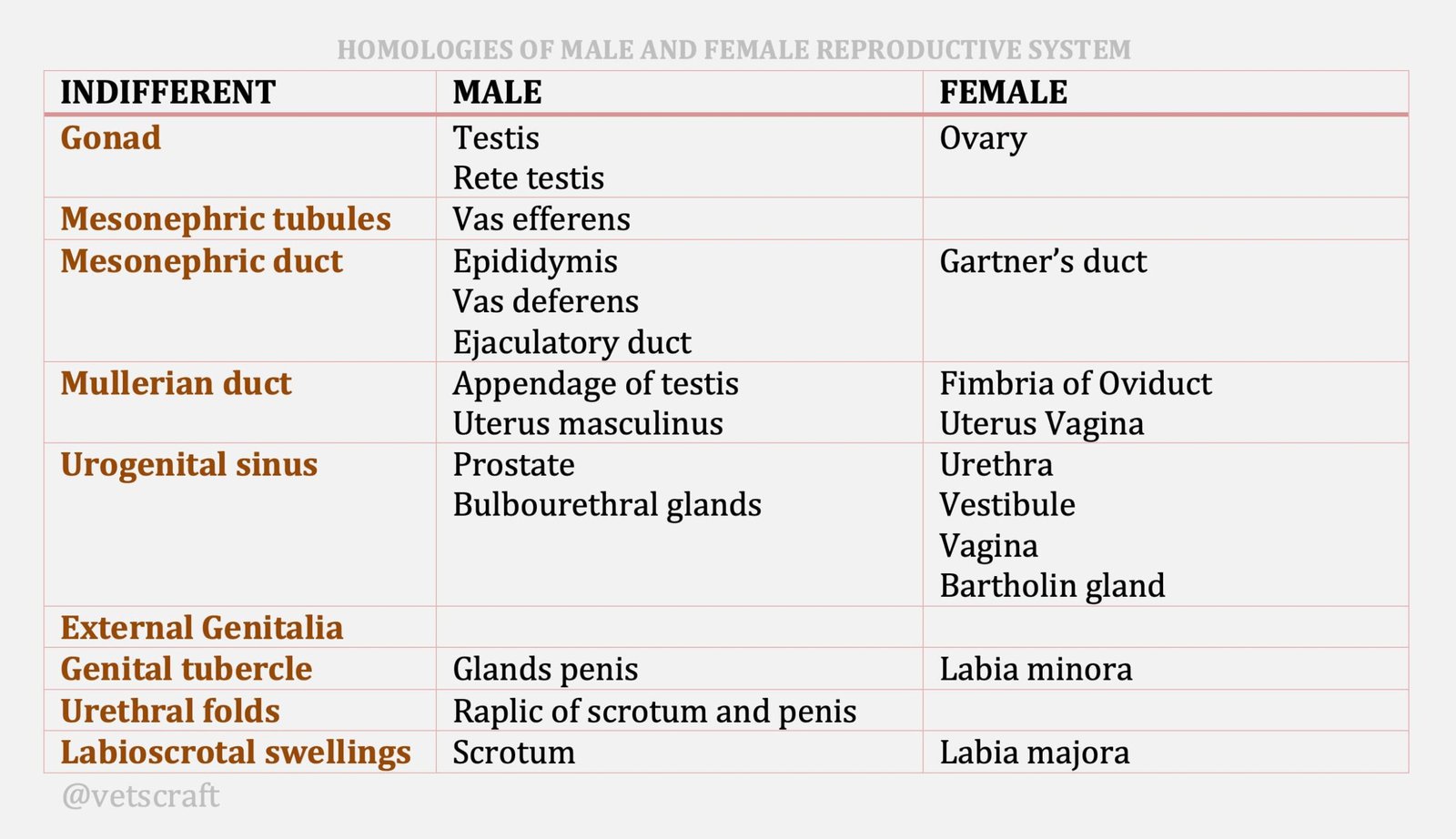Hormone Assay in Dogs for Estrus Detection
Hormone assay in dogs for estrus detection involves measuring key reproductive hormones, primarily progesterone and luteinising hormone (LH), to determine the optimal breeding time.
Progesterone levels gradually rise before ovulation, making serial progesterone testing a reliable method for predicting estrus and ovulation.
Hormone assay is the most accurate measurement of ovulation time in bitches. The two hormones commonly assayed for breeding management are LH and progesterone.
Luteinising hormone is a protein hormone that can be measured in an in-house assay by using of kits available in some countries. The kit is stored at room temperature and has a relatively short shelf-life.
The kit may not be accurate if used beyond the expiration date, or if the foil packet containing the test device and pipette is opened well before the test is to be run. The preferred sample is serum. The sample should not be lipemic or hemolyzed. The test should be run the same day the serum is collected. If that is not possible, the serum should be refrigerated, not frozen, until the test can be run. The semi-quantitative enzyme linked immunosorbent assay (ELISA) for determining the LH peak yields a result of low (less than 1 ng/ml) or high (greater than 1 ng/ml). The ELISA test has been shown to yield results consistent with an accurate radioimmunoassay (RIA).
Because duration of the LH peak averages about one day in bitches, samples must be drawn daily, at about the same time of day. Because of the kits short shelf-life, necessity of daily testing, and the requirement of assessing progesterone to verify accuracy, the author rarely uses this assay in practice. Measurement of progesterone by quantitative assays, such as RIA or chemiluminescence, allows prediction of ovulation using the following scheme. Turn-around time for assay results can be as little as 24 h with some veterinary diagnostic laboratories.
Measurement of progesterone by in-house, semi-quantitative ELISA progesterone tests can also be used for estimating the time of ovulation in the bitch. The primary advantage of the in-house progesterone assays is their short turn-around time; results may be available as quickly as 20 minutes after the blood sample is drawn. The main disadvantages are increased labor and decreased accuracy. The approach to sampling time and intervals varies based on whether samples are out-sourced for commercial RIA or are assayed by in-house ELISA.

Other Methods of Estrus Detection in Dogs are:

